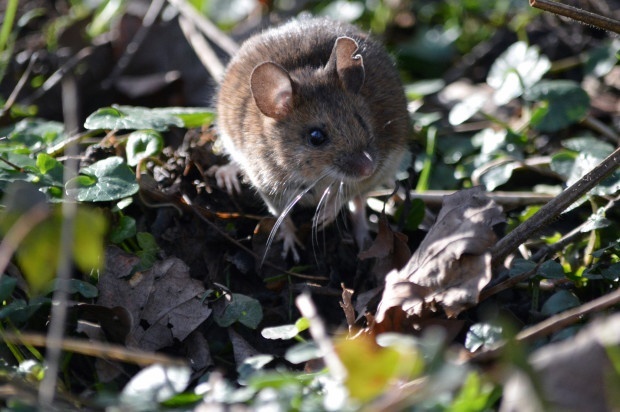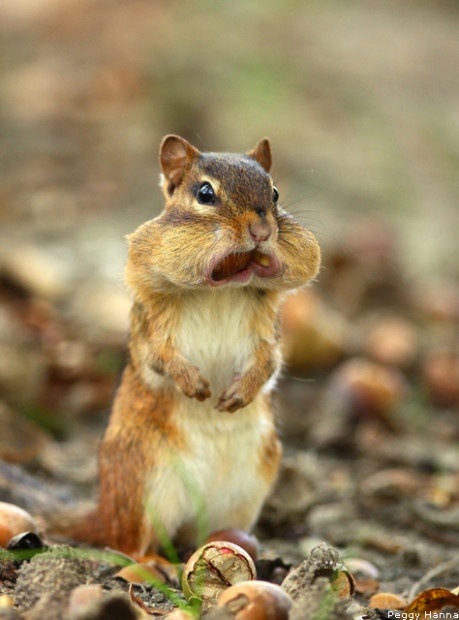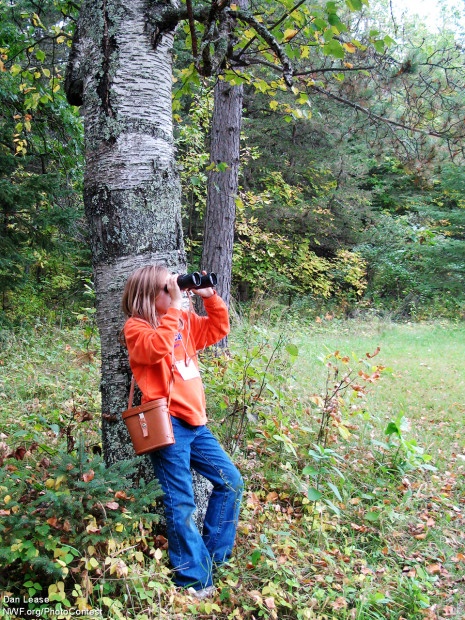We have much more to do and your continued support is needed now more than ever.
Climate Change Really Bugs Wildlife
Who doesn’t love spotting a moose in the wild? Or the satisfaction of a successful garden harvest? Or catching a fish on a beautiful summer’s day? These outdoor experiences are fundamentally important in our lives but are being threatened by climate change. The National Wildlife Federation’s new report, Ticked Off: America’s Outdoor Experience and Climate Change, looks at how warmer temperatures, stronger storms, and changes in habitat are impacting life outdoors. But it’s not just you and I who are upset— climate change is bugging wildlife too.
Moose
With longer summers and shorter winters, the winter tick is on the rise. Winter ticks threaten moose, as moose can be infested with thousands of winter ticks at a time. These ticks latch on to the moose, causing anemia, hypothermia, and weight loss, which can all lead to death. This latest winter, 64% of moose calves studied in New Hampshire died from winter ticks.

Mice and Ground Nesting Birds
Fire ants are a nuisance for humans but can be deadly for wildlife. Fire ants bite and sting, injecting venom into their prey. Ground nesting birds, as well as lizards, snakes, mice and other young species are at risk of attack. The fire ants are benefiting from warmer temperature and by the end of the century their range could advance northward by about 80 miles, spreading further into Texas, Oklahoma, Missouri, Tennessee and Virginia.

Fish
Due to excess runoff and extra nutrients making it into the waterways, harmful algal blooms are popping up all over. These blooms threaten our drinking water, outdoor recreation activities, and fish populations. Fish need a habitat that is just right in order to thrive. With increased algal blooms, oxygen is depleted from the water, creating a “dead zone” where fish cannot survive. Warmer water temperatures are also threatening fish populations as species like the walleye, yellow perch and bluegill, which are sensitive to warmer water and struggle to adapt.

Squirrels and Chipmunks
Invasive stink bugs are a pest that are common in the Eastern United States. These bugs are a pain in our homes but especially in our gardens, where they will often attack garden harvests. Two wildlife species that are mad about this new competition are squirrels and chipmunks. With stink bugs ruining vegetables, there are few tomatoes left for the squirrels and chipmunks to steal!

The Next Generation of Wildlife Enthusiasts
Climate change is increasing pests and making some of our favorite outdoor activities more dangerous. Annoyances like the deer tick or poison ivy can quickly make a positive day in the outdoors a negative experience. Outdoor activities like hiking, fishing, wildlife watching, gardening and so much more are being impacted by climate change. We all want to have safe and vibrant outdoor experiences, and continue the sense of conservation and love of wildlife that has been an American tradition.

![]() Submit a comment to the EPA in support of the Clean Power Plan! Add your voice in support of this important rule.
Submit a comment to the EPA in support of the Clean Power Plan! Add your voice in support of this important rule.





















